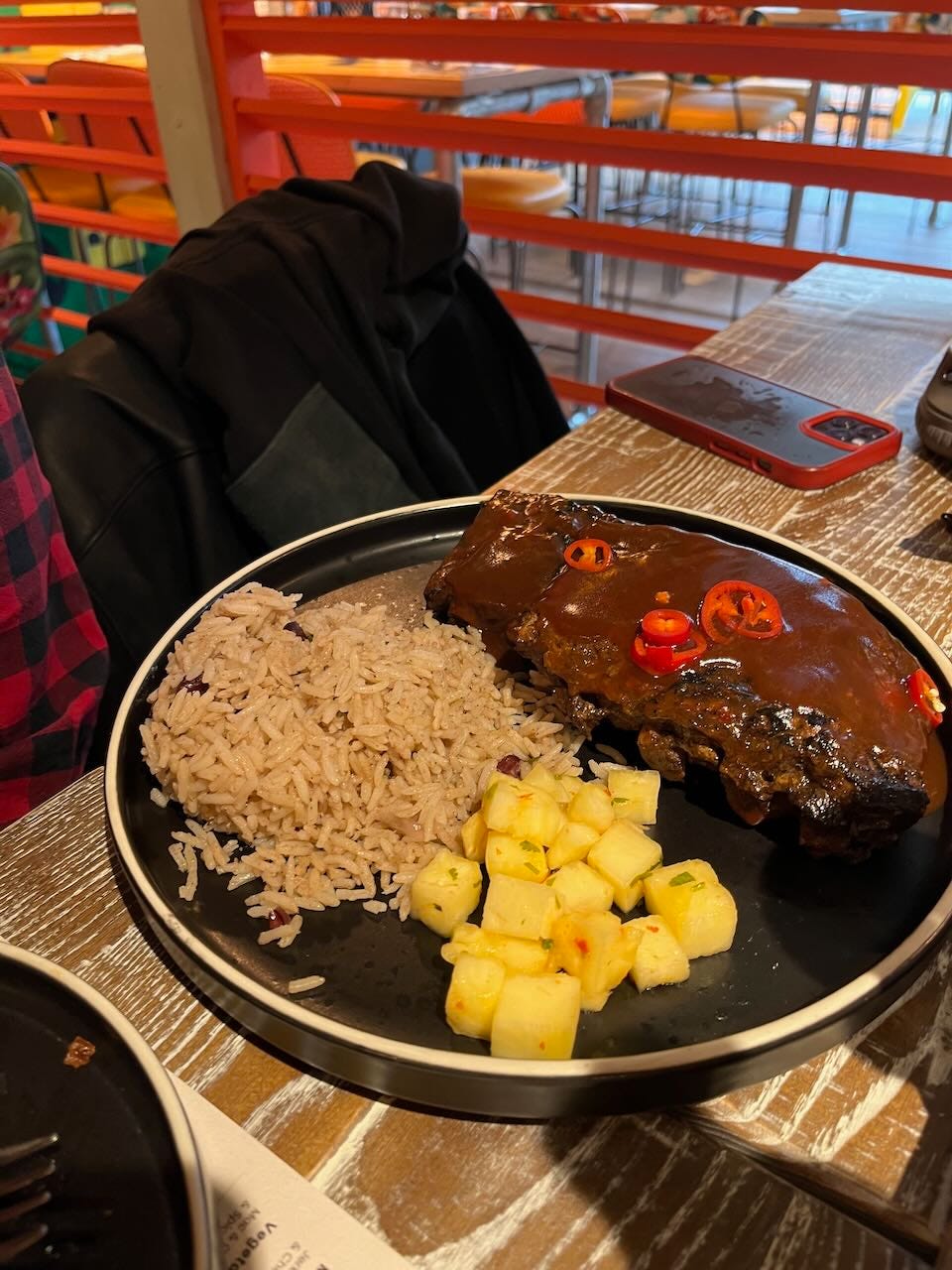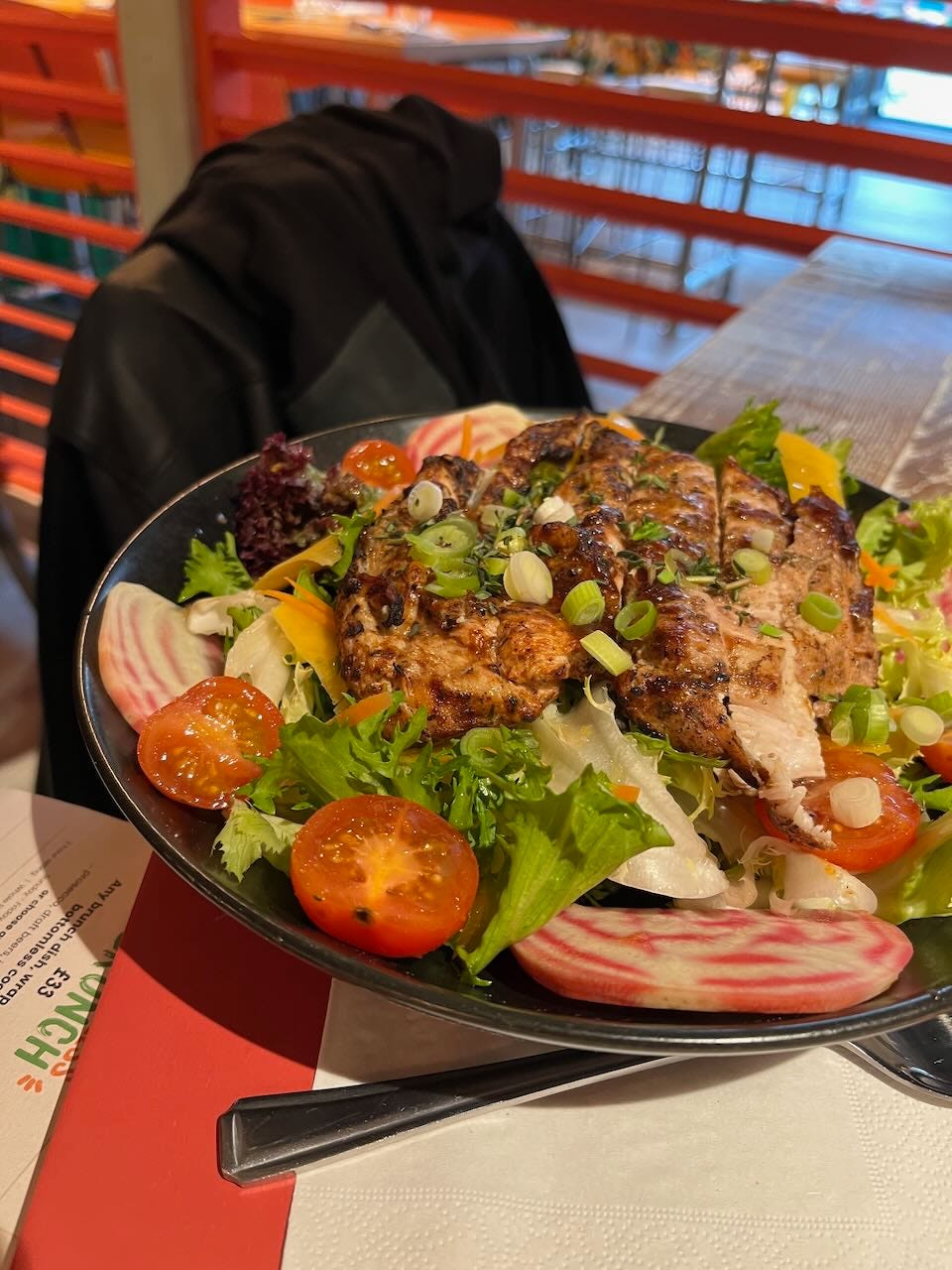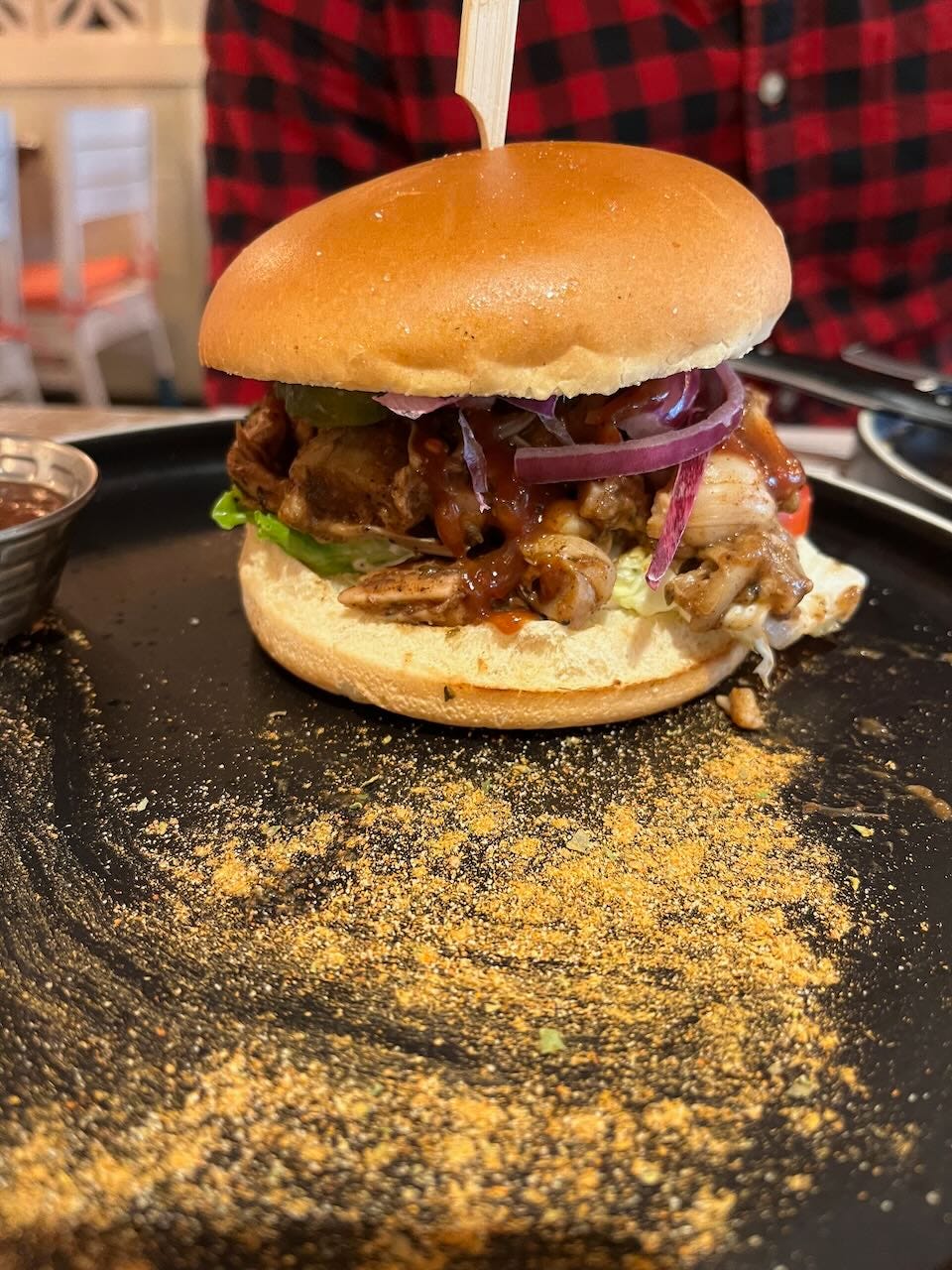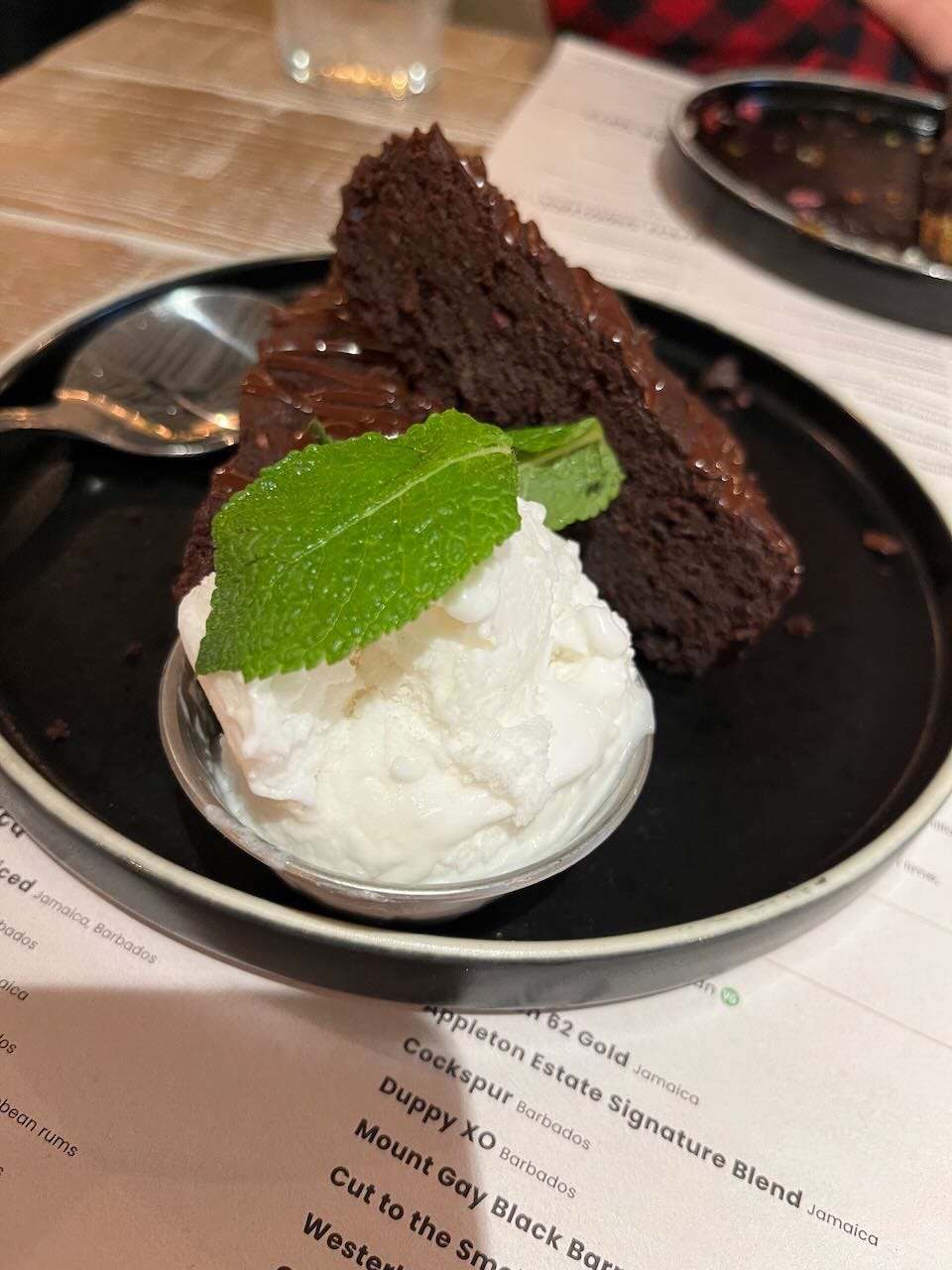In February 2023, Argentina’s inflation rate went past the 100% mark, hitting 102.5%.
Back in July 2022, in our uni orientation week for a semester abroad in Buenos Aires, the hot topic amongst the international students was money. More precisely: how cheap everything was. You could buy a fancy cocktail for the equivalent of £2, a standard restaurant meal for £5-7, or a steak dinner at Don Julio – named the Best Restaurant in Latin America in 2020 – for £20-30.
For a bunch of uni students from Europe, it was like Christmas came early. We had more spending power than we knew what to do with and a decent amount of free time to live like your typical gap yah kids. But after the initial surprise came a gradual understanding of the situation we found ourselves in, and the implications behind it.
Argentina has two rates for foreign currency exchange: the official rate, and the “blue rate”. Following historical on and off restrictions on the amount of foreign currency locals can purchase, an underground black market for US dollars emerged, dubbed the ‘dólar blue’. While, on the blue rate, locals receive a worse rate than the official one to exchange their pesos, foreigners are rewarded by the system. At the time of writing, £1 = $265 ARS on the official rate, and $496 ARS on the blue.
Any card transaction, or money conversion from official channels would give you the lesser rate; to get the blue rate you’d have to seek out “arbolitos” (street dollar sellers), visit “cuevas” (caves, illegal exchange houses), or jump through the bureaucratic hoops of Western Union.
We became seasoned speculators – the blue rate could change by a margin of 20 pesos on a daily basis, and it wasn’t uncommon to receive a text on exchange student group chats reading “The rate’s good today – go get your money”. When I arrived in Buenos Aires in July, the blue rate was £1 = 320-340 ARS; at the time of writing, £1 = 496 ARS.
From our privileged, unscathed position as international students – inconvenienced by non-functioning Western Union branches rather than an inability to eat or live – we witnessed how soaring inflation and a failing economy affected life on a daily basis. We didn’t feel the real effects, given that local prices stayed relatively the same to the pound conversion, or even decreased. But it was a really strange dynamic to be part of. Indeed, getting excited about £2 cocktails and feeling the tangible benefits from foreign spending power came with layers of guilt as we watched many of our Argentine friends and acquaintances live the full consequences of the country’s financial struggles.
Inflation in Argentina is directly linked to the increased use of the dollar and other foreign currencies. The emerging rich, nowadays, are those who are paid in US dollars, pounds, or euros. As the Peso loses value, those who spend based on stores of foreign currencies come out of financial transactions better off, and the wealth inequality gap grows.
In February 2023, Argentina’s inflation rate went past the 100% mark, hitting 102.5%. The rate has risen steadily through the past few months and, if we bear in mind that in July 2022 inflation was at 70.1%, it’s clear that the effects of inflation in the country have long been felt.1 In December, the International Monetary Fund (IMF) had to step in to approve $6bn USD (£4.9bn) of bailout money. In fact, the government has recently had to issue a new, $2000 peso banknote to keep up with the falling value of the ARS peso.
I spoke to my friend Giuliana Camaño, a student of International Relations at the University of San Andrés, about her experience of – and perspective on – the situation.
She told me: “The main problem is that prices rise and wages don’t. Prices of basic necessities for your average person: gas, public transport, food, clothes, health insurance, etc.” In my experience, prices at the supermarket were different every time you went in, and restaurants tended to have whiteboard-style menus, to be able to change the prices every few days. At the university, there have been four price hikes – of around 20% each time – in fees for local students since the middle of last year.
Giuli came to study in Buenos Aires at the age of 18, but her hometown is the province of Mendoza, which lies to the west of the capital near the Chilean border. Inflation is felt differently in the rest of the country, given that Buenos Aires has starker social and economic inequalities than elsewhere. In Mendoza, for example, “the majority of the population forms the middle class, so the gap isn’t as distinguished – obviously there’s poverty but it’s not felt as directly as it is in the streets of Buenos Aires”. Even so, Mendoza’s supermarket shelves are markedly bare and many businesses have been affected by the worsening economy.
For students who come from the other regions to study and work in Buenos Aires, there’s a real struggle to live. In the capital, “things are a lot more expensive than they are in many parts of the country”, leaving many to rely heavily on their parents – but even so, it can be difficult to get by squaring the wages from one’s home province with the prices of the capital.
This economic struggle is playing out side by side with growing social tensions. In October of this year, elections will be held to choose the president, members of the national congress and the governors of most of the provinces. There’s already fighting between the various political parties as they raise campaigns with different strategies to tackle inflation. Giuli tells me that “they constantly blame each other for historical problems. All this is generating a heavy social tension that will be hard to contain.”
1For context, inflation in the UK’s current cost of living crisis clocks in at a rate of 10.4%.
Image credit: Georgie Cutmore









